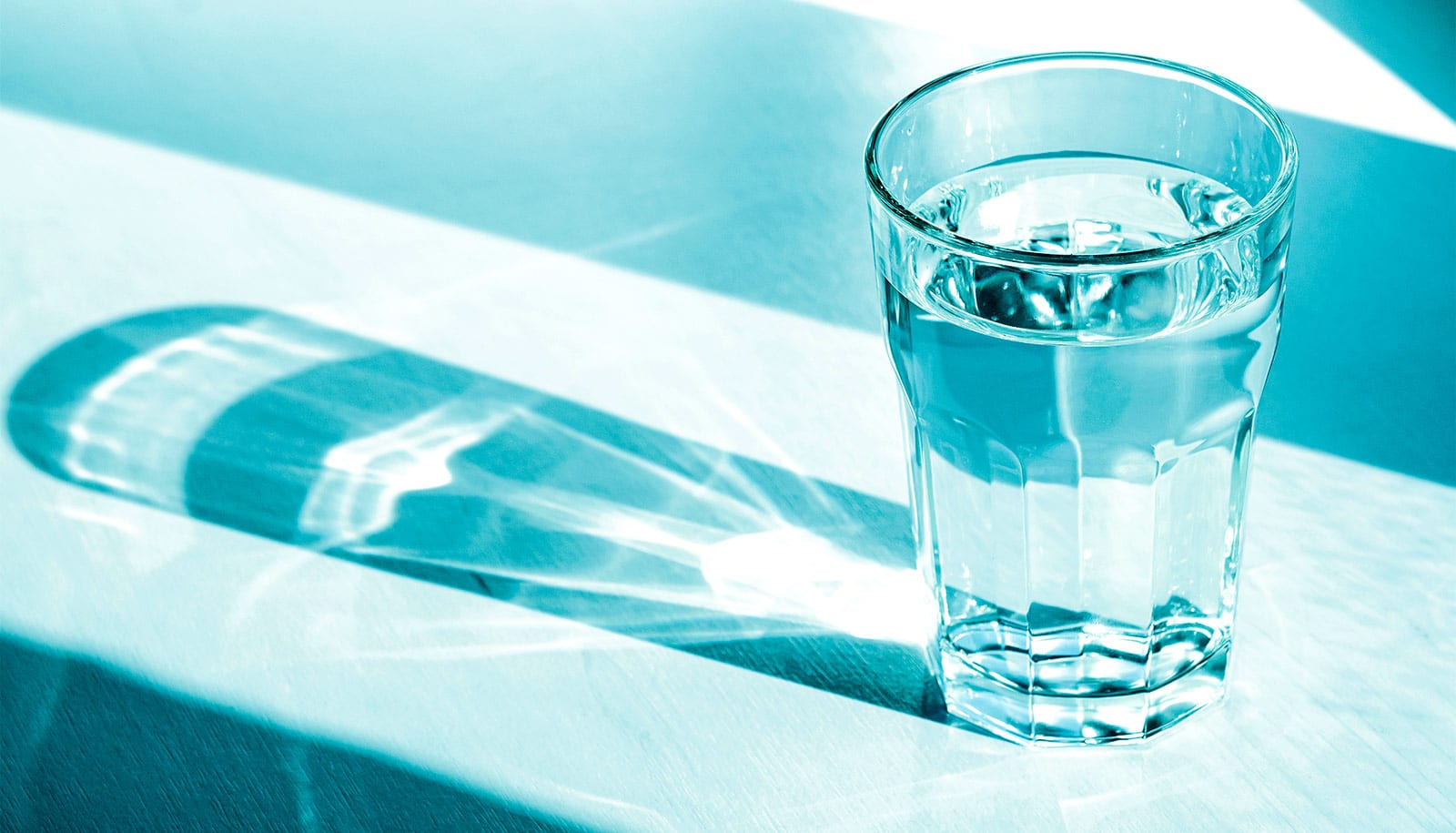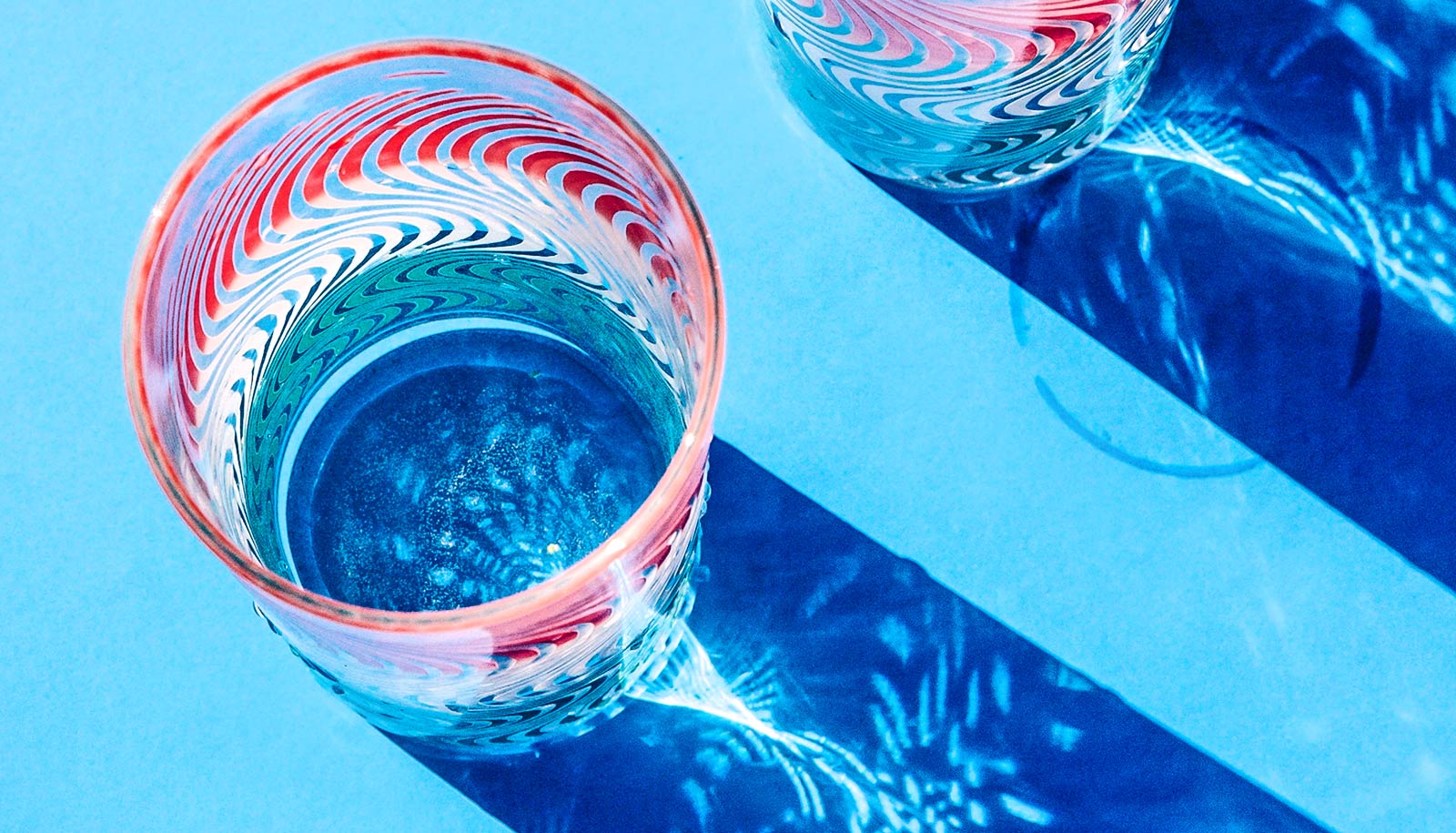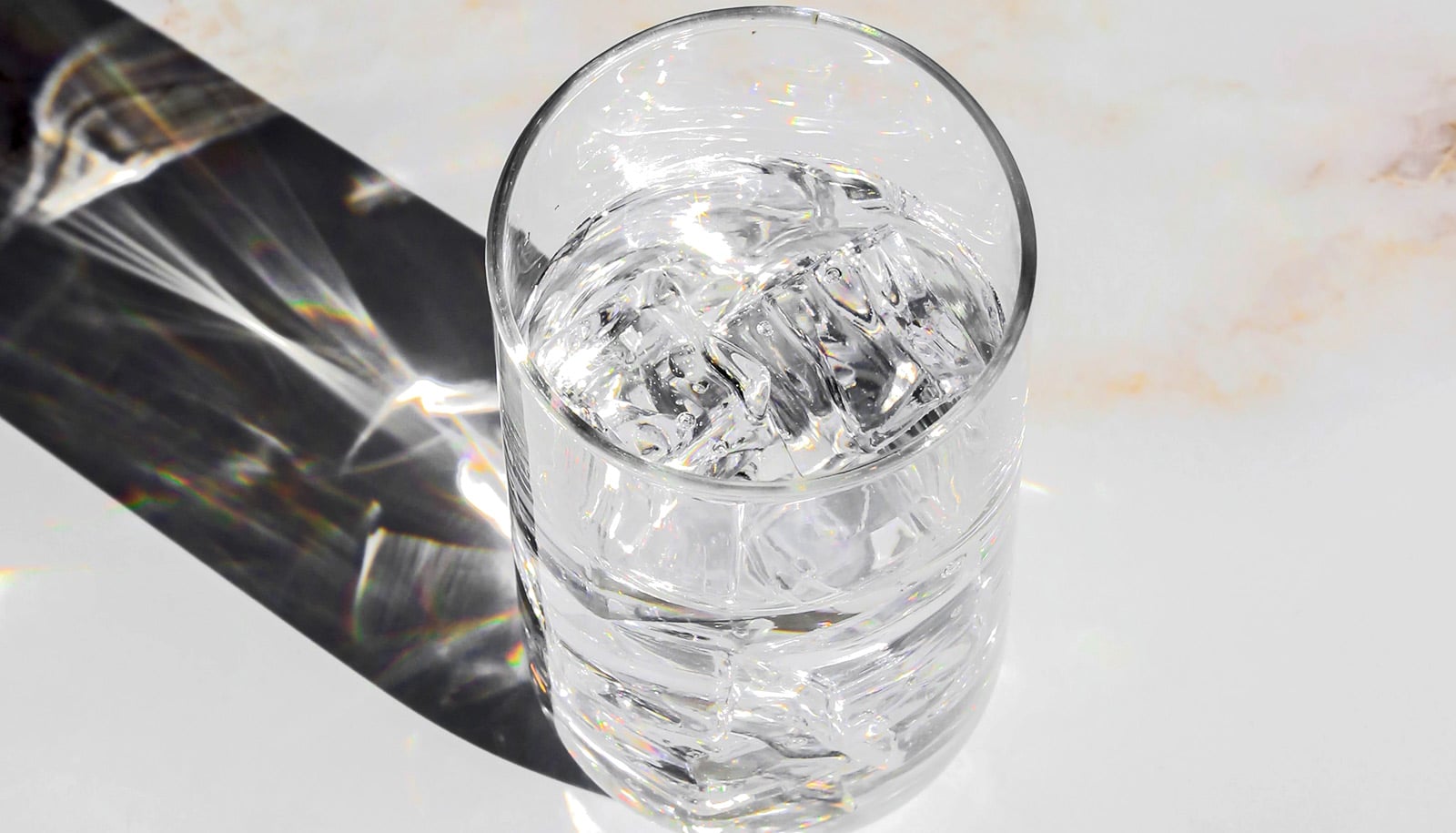A low-cost recyclable powder can kill thousands of water bacteria per second when exposed to ordinary sunlight, researchers report.
At least 2 billion people worldwide routinely drink water contaminated with disease-causing microbes.
The discovery of this ultrafast disinfectant could be a significant advance for nearly 30% of the world’s population with no access to safe drinking water, the researchers say.
“Waterborne diseases are responsible for 2 million deaths annually, the majority in children under the age of 5,” says study co-lead author Tong Wu, a former postdoctoral scholar of materials science and engineering in the Stanford School of Engineering.
“We believe that our novel technology will facilitate revolutionary changes in water disinfection and inspire more innovations in this exciting interdisciplinary field.”
Conventional water-treatment technologies include chemicals, which can produce toxic byproducts, and ultraviolet light, which takes a relatively long time to disinfect and requires a source of electricity.
The new disinfectant is a harmless metallic powder that works by absorbing both UV and high-energy visible light from the sun. The powder consists of nano-size flakes of aluminum oxide, molybdenum sulfide, copper, and iron oxide.
“We only used a tiny amount of these materials,” says senior author Yi Cui, professor of materials science and engineering and of energy science and engineering in the Stanford Doerr School of Sustainability. “The materials are low cost and fairly abundant. The key innovation is that, when immersed in water, they all function together.”
After absorbing photons from the sunlight, the molybdenum sulfide/copper catalyst performs like a semiconductor/metal junction, enabling the photons to dislodge electrons. The freed electrons then react with the surrounding water, generating hydrogen peroxide and hydroxyl radicals—one of the most biologically destructive forms of oxygen. The newly formed chemicals quickly kill the bacteria by seriously damaging their cell membranes.
For the study, the team used a 200 milliliter [6.8 ounce] beaker of room-temperature water contaminated with about 1 million E. coli bacteria per mL [.03 oz.].
“We stirred the powder into the contaminated water,” says co-lead author Bofei Liu, a former materials science and engineering postdoc. “Then we carried out the disinfection test on the Stanford campus in real sunlight, and within 60 seconds no live bacteria were detected.”
The powdery nanoflakes can move around quickly, make physical contact with a lot of bacteria and kill them fast, he says.
The chemical byproducts generated by sunlight also dissipate quickly.
“The lifetime of hydrogen peroxide and hydroxy radicals is very short,” Cui says. “If they don’t immediately find bacteria to oxidize, the chemicals break down into water and oxygen and are discarded within seconds. So you can drink the water right away.”
The nontoxic powder is also recyclable. Iron oxide enables the nanoflakes to be removed from water with an ordinary magnet. In the study, the researchers used magnetism to collect the same powder 30 times to treat 30 different samples of contaminated water.
“For hikers and backpackers, I could envision carrying a tiny amount of powder and a small magnet,” Cui says. “During the day you put the powder in water, shake it up a little bit under sunlight and within a minute you have drinkable water. You use the magnet to take out the particles for later use.”
The powder might also be useful in wastewater treatment plants that currently use UV lamps to disinfect treated water, he adds.
“During the day the plant can use visible sunlight, which would work much faster than UV and would probably save energy,” Cui says. “The nanoflakes are fairly easy to make and can be rapidly scaled up by the ton.”
The study focused on E. coli, which can cause severe gastrointestinal illness and can even be life-threatening. The US Environmental Protection Agency has set the maximum contaminant-level goal for E. coli in drinking water at zero. The researchers plan to test the new powder on other waterborne pathogens, including viruses, protozoa, and parasites that also cause serious diseases and death.
The study appears in Nature Water. The US Department of Energy funded the work.
Source: Stanford University


